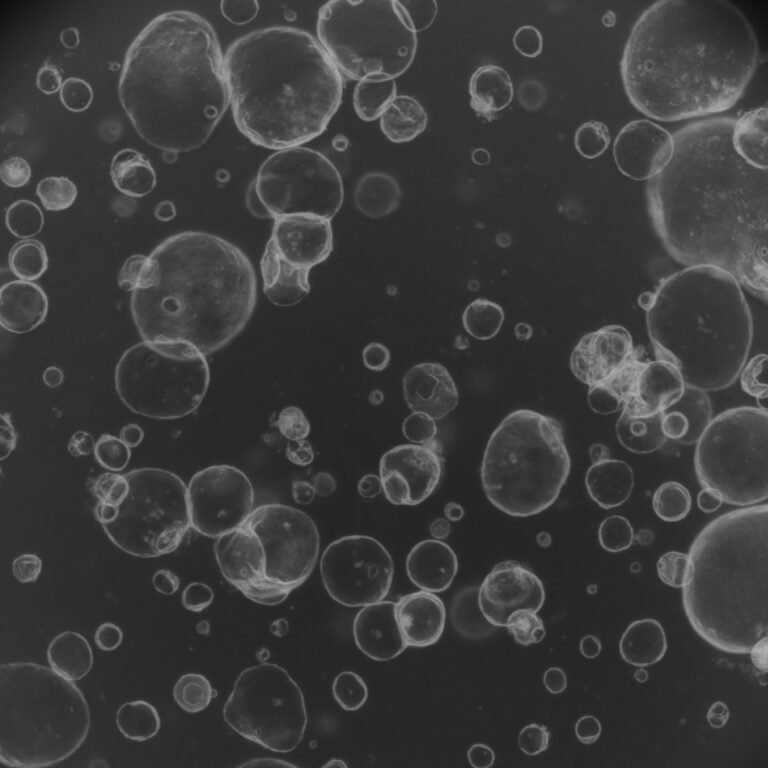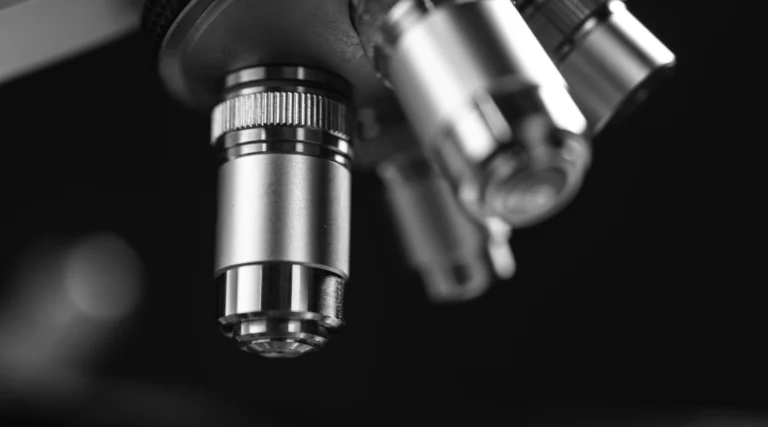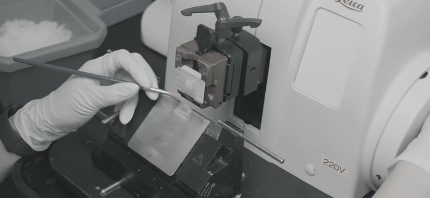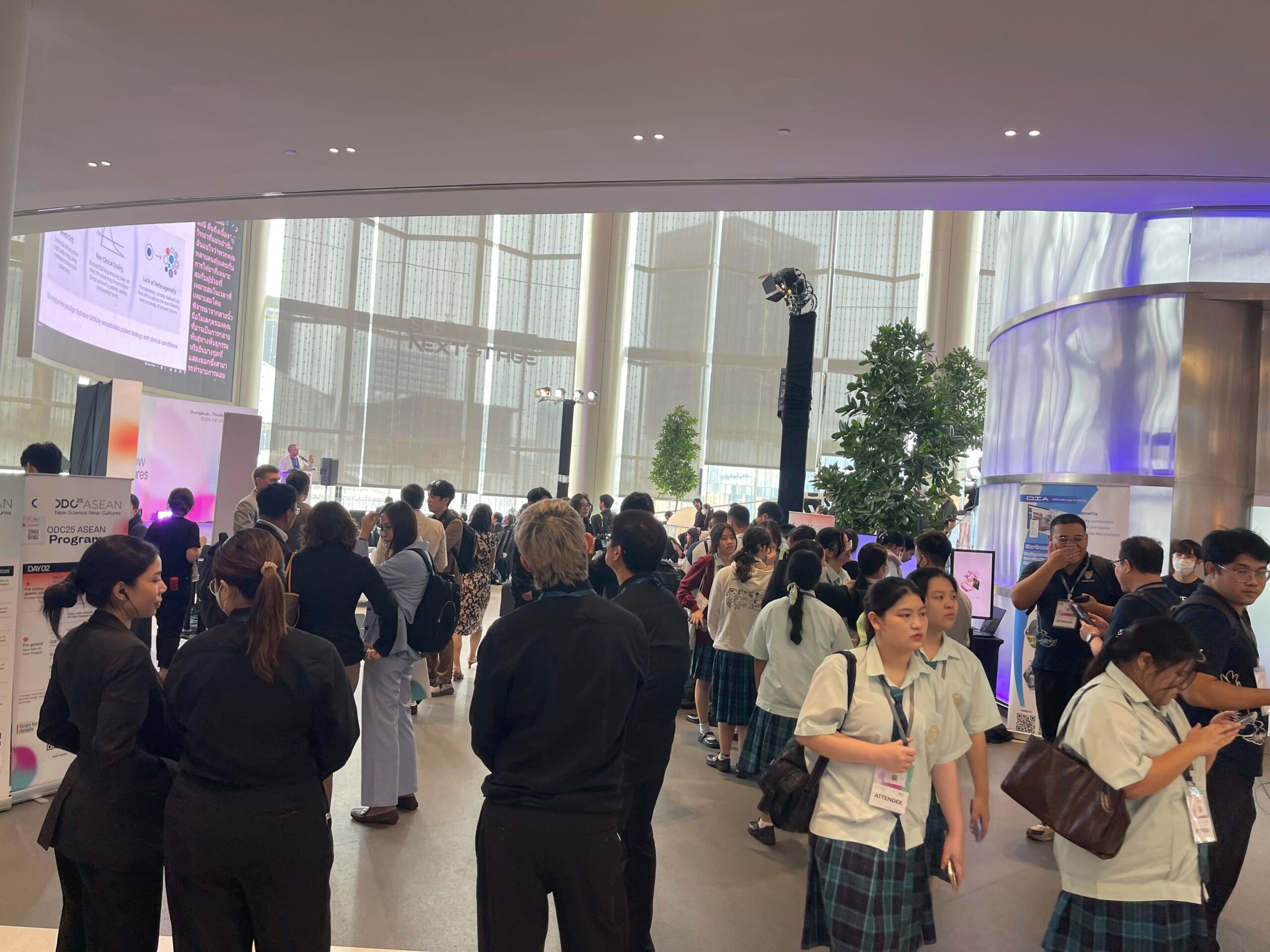We all know it, but we rarely talk about it seriously: biotechnology is evolving faster than ever, and conferences serve as catalysts for discoveries that reshape our understanding of life itself. These gatherings are nowadays way more than traditional (and often boring) academic meetings. Conferences are becoming vibrant meetings where scientific rigour unites with creative vision.

Research consistently demonstrates that conference attendance accelerates research productivity and expands collaborative networks. Scientists participating in these forums publish more influential work and forge partnerships that drive innovation across disciplines. The magic happens in those spontaneous corridor conversations and late-night discussions where disparate ideas collide and transform.
Take the upcoming Organoid Developer Conference (ODC) in Seoul this June—it’s breaking new ground by weaving together organoid research, bioart, and cultural perspectives under one roof. Events like ODC 2025 represent a new breed of scientific gatherings where you might find a regenerative medicine researcher chatting with a bioartist about cellular aesthetics, or an AI developer discussing organoid intelligence with a philosopher.
What makes these conferences truly special isn’t just the formal presentations, but those unexpected moments when someone shares a story that shifts your entire research perspective. The best conferences create space for both rigorous science and human connection, recognising that breakthrough innovations often emerge from the most unlikely collaborations.
As we advance toward a future where biotechnology addresses humanity’s greatest challenges, these scientific gatherings remain indispensable. They nurture the collaborative spirit essential for tackling complex problems that no single laboratory could solve alone.
Read more:
What is the Purpose of a Scientific Conference?





